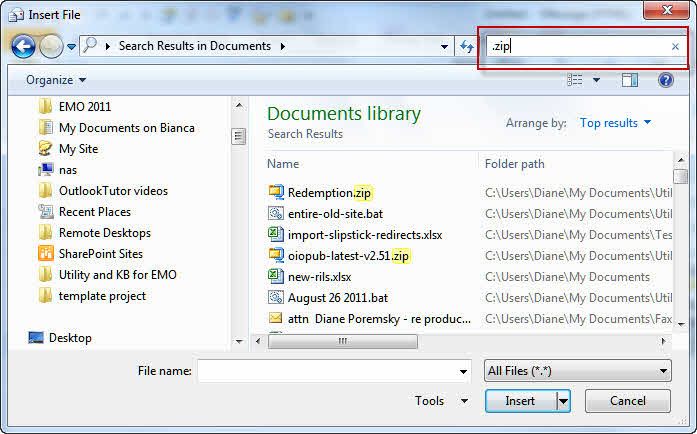

If you force service, when the principal comes back online, mirroring will not restart automatically.
#Mirrorsync error too many client records manual
If both principal and mirror are synchronized then manual failover is not the issue but in case if databases are not synchronized and for drill or in distar we need to bring mirror force fully up in that case user will start using mirror which is principal now once of old principal is up we want that to take load.How we can achieve that without data loss that is the main issue by what methods we can overcome this situation.
#Mirrorsync error too many client records full
You could drop mirroring and recover the original principal to identify any extra data and manually insert it into the live database.įor a full explanation of the potential for data loss with asynchronous mirroring, have a look at the article I wrote for SQL Server Pro magazine: This gives you time, if you so choose, to try to recover data missing on the new principal because data loss does not occur until the mirroring session is resumed. The mirroring session will not automatically resume. If the original principal comes back online after you have forced service, database mirroring will stay in a suspended state. Any transactions that had committed on the principal but had not been hardened to the log on the mirror may be lost. This will allow the mirror to come online. If you are running asynchronous (safety off) mirroring, and the principal goes offline, the best option for bringing the mirror online is to force service (ALTER DATABASE. If you are running asynchronous (safety off) mirroring, the only way to fail over manually is to change the operating mode to synchronous (safety full), wait for it to be in a synchronized state, and then issue the failover command. It may not be a manual failover as in the case of syncronous (high safety mode) but it can be done. Because data loss is possible, you should consider other alternatives before forcing service to the mirror for more information, see "Responding to Failure of the Principal," later in this topic. Forced service is one of the possible responses to the failure of the principal server. High-performance mode supports only one form of role switching: forced service (with possible data loss), which uses the mirror server as a hot standby server. On the loss of the principal server, the mirror database is marked DISCONNECTED but is available as a hot standby.

Problems on the mirror server never impact the principal server. High-performance mode uses just the principal server and the mirror server. This mode enhances performance at the expense of high availability. Asynchronous operation supports only one operating mode-high-performance mode.

Troubleshooting that is kinda beyond the scope of what I can do in an answer here though.When transaction safety is set to OFF, the session operates asynchronously. Lots of tiny transactions in the app rather than doing larger batches.Slow network connection between the primary and the mirror, or.If your business is NOT willing to lose data, then it's time to start troubleshooting which layer of mirroring is causing you problems: (You can change this at the database level at any time.) If your business is willing to lose data when the primary fails, then you can keep doing mirroring, but switch it from high safety to high performance. You've noticed that when you suspend the mirror, things get faster - that's because your mirroring is set up with high safety. The key is in the names: high safety is safe (but slow), and high performance is faster (but less safe.) However, if you fail over, you can lose data. Later, the primary sends transactions to the mirror - but that traffic doesn't slow down your transactions. High performance (asynchronous) - DUI operations are only written to the primary's transaction log, then the transaction is immediately committed.Transactions are inherently slower, but in a perfect world, you won't lose data when you fail over from the primary to the mirror. High safety (synchronous) - every delete/update/insert (DUI) operation is written to the primary's transaction log, sent across the network to the mirror, written to the mirror's transaction log, and then confirmation is sent back to the primary.There are two modes for database mirroring:


 0 kommentar(er)
0 kommentar(er)
